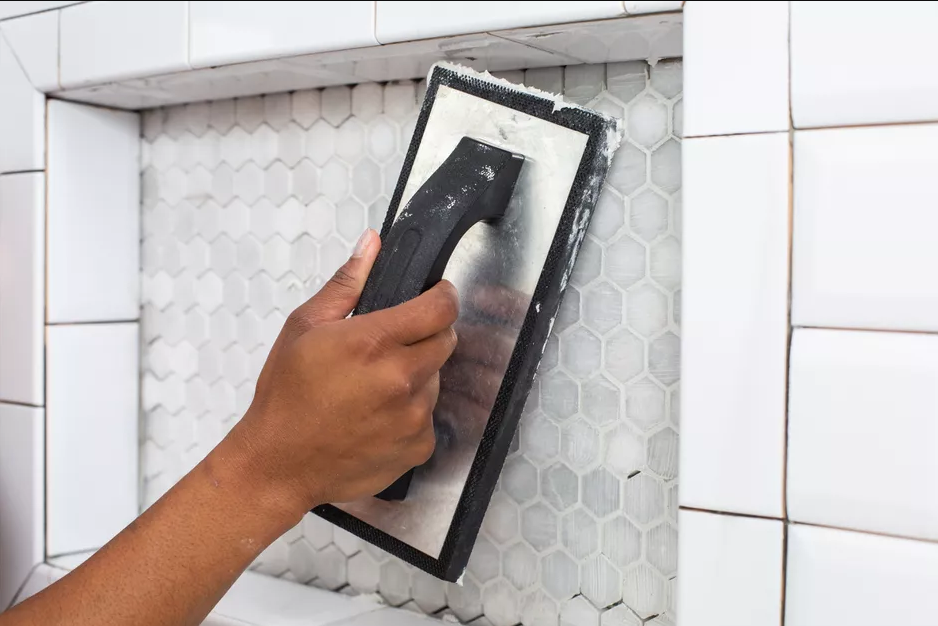The Importance of Construction Adhesives in Modern Building Projects
In the ever-evolving world of construction, the materials and methods used to bring architectural visions to life are constantly being enhanced. Among these innovations, construction adhesives have emerged as a crucial component in modern building practices. Used in a wide range of applications—from bonding structural elements to finishing touches—construction adhesives offer several advantages that make them invaluable to contractors and builders alike.
What are Construction Adhesives?
Construction adhesives are specially formulated substances designed to bond various materials, including wood, metal, concrete, glass, and plastic. They come in various types, including polyurethane, epoxy, silicone, and acrylic adhesives, each suited for specific applications and environmental conditions. These adhesives can be applied in different forms, such as liquid, paste, or tape, allowing for versatility depending on the project requirements.
Advantages of Construction Adhesives
1. Strength and Durability One of the primary benefits of construction adhesives is their exceptional strength. Once cured, many adhesives form bonds that are stronger than the materials themselves. This durability ensures that structures can withstand stress, movement, and environmental factors, offering longevity and safety in construction.
2. Speed of Application In the fast-paced construction environment, time is money. Construction adhesives can significantly reduce assembly time compared to traditional fastening methods like screws and nails. With quick curing options available, crews can expedite their work without compromising on quality.
3. Flexibility in Design Construction adhesives open up new avenues for creative and complex designs. Unlike mechanical fasteners, which can limit movement, adhesives can allow for a more seamless aesthetic. They also enable the union of dissimilar materials, expanding the possibilities in architectural design.
4. Reduced Noise and Vibration Adhesives can minimize the transmission of sound and vibration, which is particularly advantageous in applications where noise reduction is critical, such as in multi-family residential structures. This contributes to a more comfortable living environment for occupants.
construction adhesive

5. Weather Resistance Many construction adhesives are engineered to withstand harsh environmental conditions, including moisture, UV exposure, and extreme temperatures. This resistance enhances the longevity of a building's structural integrity, making them ideal for both indoor and outdoor applications.
Applications of Construction Adhesives
Construction adhesives find their way into numerous segments of the building industry. Some common applications include
- Flooring From hardwood to tiles, adhesives provide a reliable method for installing flooring materials, ensuring they remain securely in place under foot traffic and other loads. - Roofing Construction adhesives are essential in roofing applications, where they bond shingles, tiles, and membranes, contributing to a watertight seal that protects against leaks.
- Walls and Panels Adhesives are widely used to secure drywall and paneling to framing, promoting better insulation and reducing the potential for air leaks.
- Window and Door Installation Adhesives facilitate the secure installation of windows and doors, providing added strength and enhancing energy efficiency by improving seals.
Conclusion
Construction adhesives are an indispensable tool in the modern builder's repertoire. Their ability to provide strong, durable bonds while improving construction speed and design flexibility presents a unique advantage in a competitive industry. As technology advances, we can expect further improvements in adhesive formulations, enhancing their performance and expanding their applications even further.
Builders and contractors should embrace the versatility and efficiency that construction adhesives can deliver. As we continue to prioritize sustainability and innovation in construction practices, adhesives will play a crucial role in shaping the future of the industry. By understanding and leveraging these modern solutions, we can create stronger, more resilient structures that stand the test of time.
-
The Versatility of Industrial Additives: Mhec, Hpmc, And Wall Putty SolutionsNewsMar.28,2025
-
The Importance of HPMC in Modern IndustriesNewsMar.28,2025
-
Partnering with Reliable Manufacturers for Optimal ResultsNewsMar.28,2025
-
Enhancing Construction Performance with Redispersible Polymer PowdersNewsMar.28,2025
-
Enhancing Construction and Household Products with Advanced AdditivesNewsMar.28,2025
-
Building Strong Foundations with Key Construction MaterialsNewsMar.28,2025






